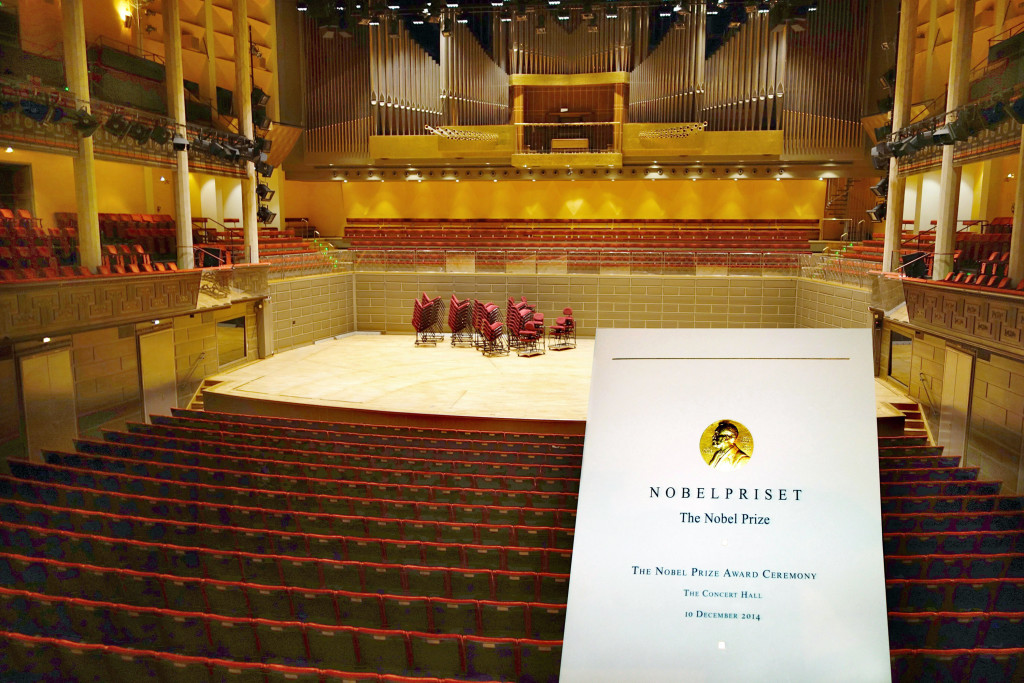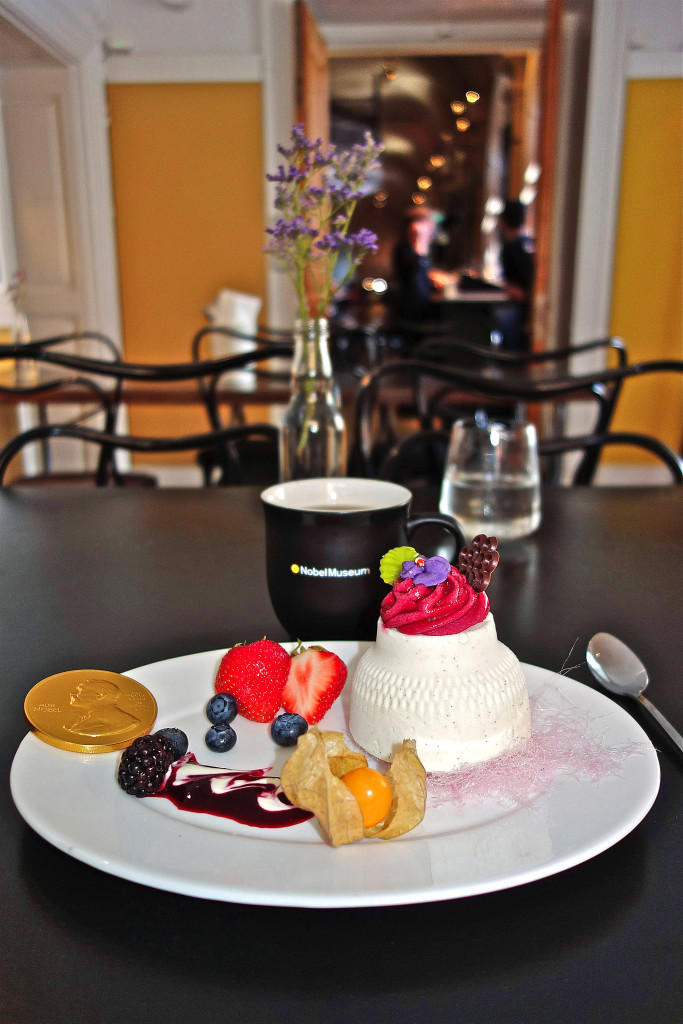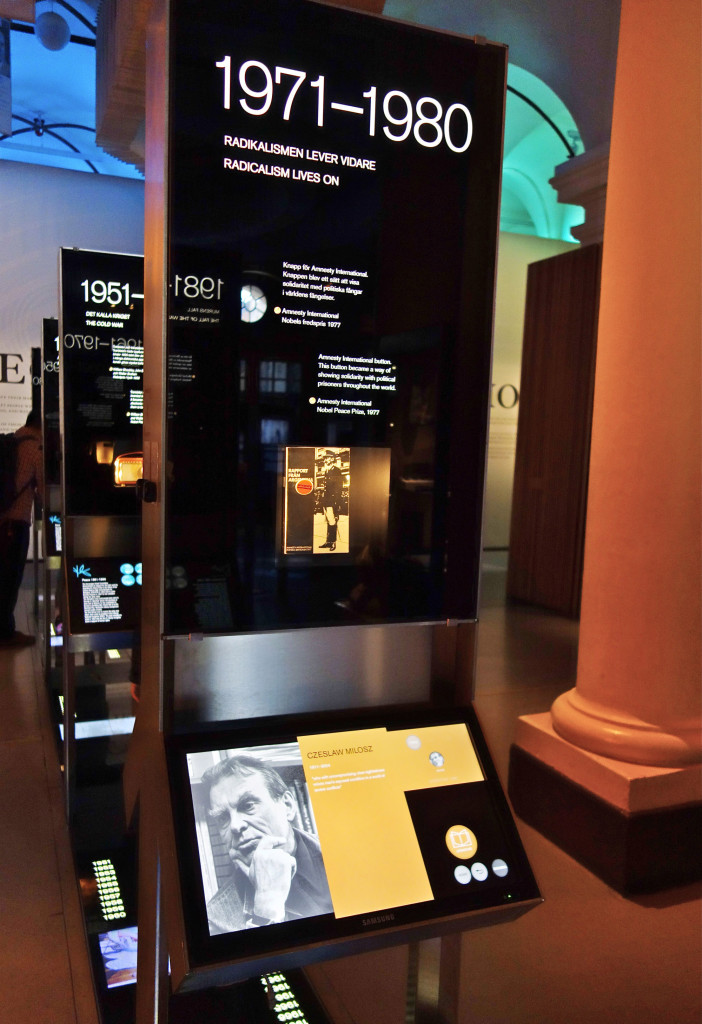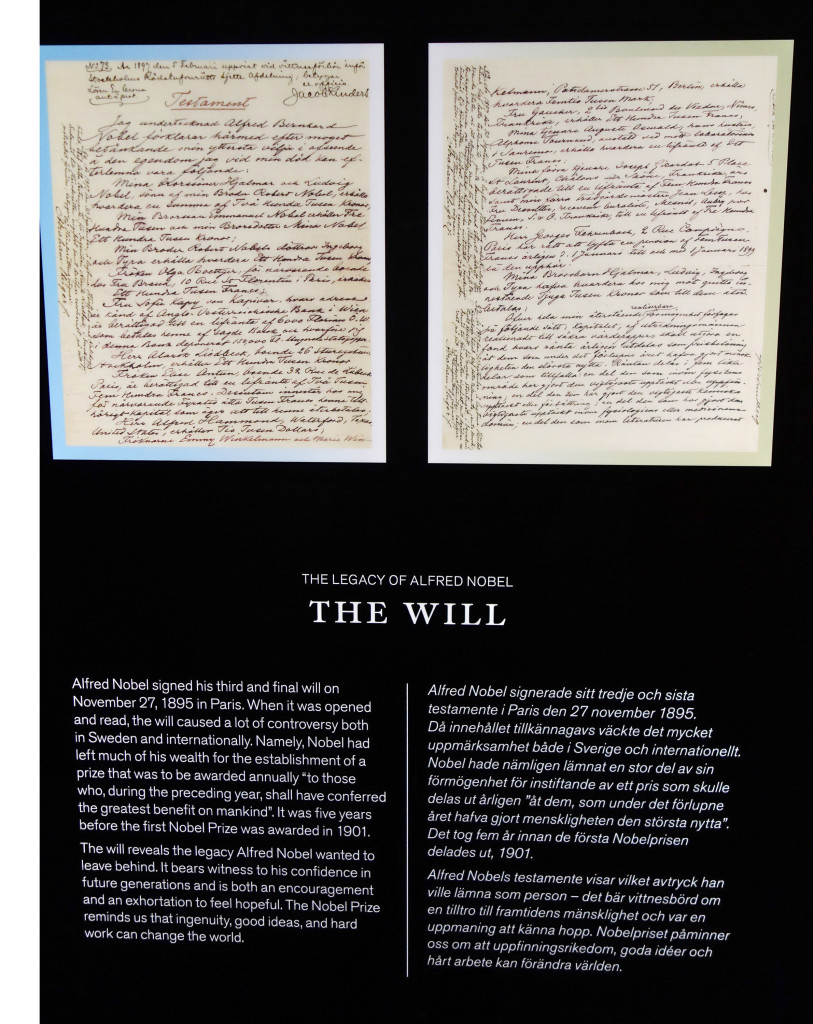The Book Haven goes to Sweden’s Sigtuna Literary Festival!
Friday, August 26th, 2016
Sweden’s oldest city…
Sweden has about 10 million people –about half the size of the New York metropolitan area. It’s language has about the same number of native speakers as the Czech language has. Compare that, however, to the plight of a noble language like Lithuanian, which has a mere 3 million native speakers. It’s something to think about in a world where the big languages are swallowing up the small – English has 340 million native speakers, by comparison, and half a billion when you include those who have it as a second (or third or fourth) language. It’s roughly the same for Hindi, though no one talks about Hindi being the universal Latin of the modern world. Both English and Hindi are dwarfed by Mandarin Chinese, with about 873 million, with more than a billion including second language.
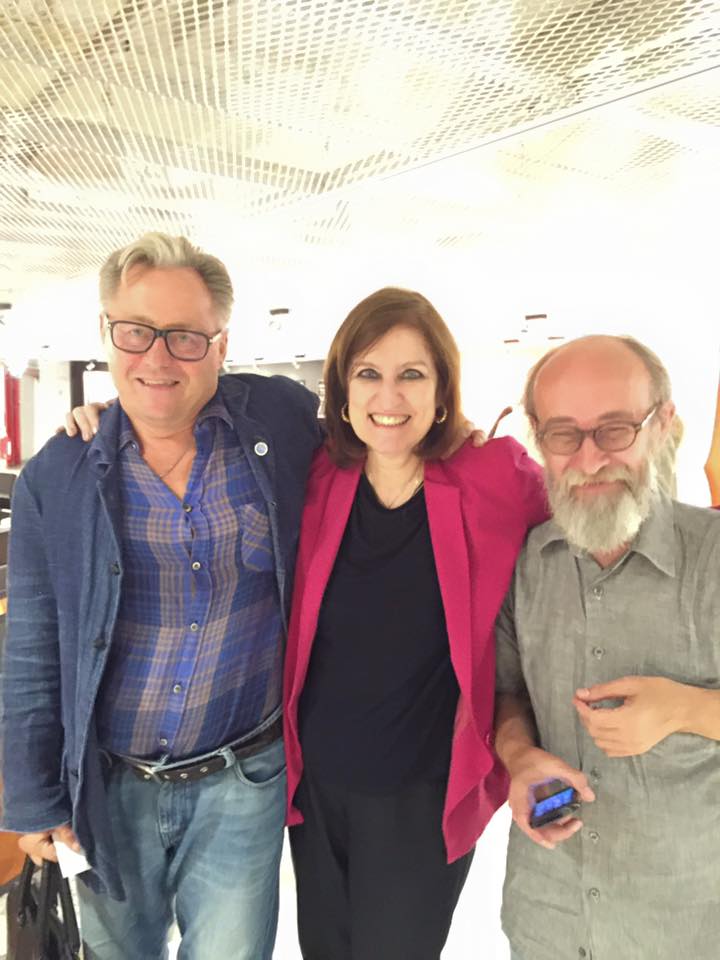
Ingemar Åkesson, Alexander Deriev, and Humble Moi
I ponder this as I sip my morning Gevalia (“Intensivo”) coffee and sample some Präst and Västerbotten cheese in the home of Alexander Deriev in Märsta, outside Stockholm. These smaller language groups are wise to choose to celebrate their own literary glory in the splashiest way they can. In the case of Sweden, that’s a significant literary legacy.
I’m a guest of the Sigtuna Literary Festival, based in Sweden’s oldest city (established in 970). The festival is one of Scandinavia’s largest literary festivals. This year is its fifth consecutive year – but they don’t just celebrate their own literature; they celebrate everyone’s.
“To arrange and host a literary festival feels completely natural to us in Sigtuna. As Sweden’s first city, we have a unique history as a multicultural place with a long narrative tradition,” according to the festival’s website. “Sigtuna was an important meeting place where people from near and far gathered to network and exchange thoughts and ideas, as far back as a thousand years ago. We want to build on that. ‘Word power’ is simply in the Sigtuna soul.
“In today’s society, characterized by a fast, steady stream of information and opinions, we feel that there is a need for context to slow the tempo – to provide scope for further thinking and not least of all, time for reflection. We need to discuss and reflect on important issues. In Sigtuna, we lean on more than a thousand years of history, so we prefer take a longer perspective. We want to continue to build on our history as a place of public debate for another thousand years.”
Sweden has a lot to celebrate: I flew in on Norwegian Airlines, which features leading Scandinavian figures on its tailfins. The nation has seven Nobelists (being the home of Alfred Nobel helps, for sure), including Selma Lagerlöf, Pär Lagerkvist, and Tomas Tranströmer – and the tailfins include writers from neighboring Scandinavians as well, such as Denmark’s Søren Kierkegaard and Norway’s Nobelist, Sigrid Undset. (I didn’t see playwrights Henrik Ibsen and August Strindberg listed for the tailfin honor in my quick scan of the list – curious omissions if so.)
Clearly they have to catch up, given for the current rage for Swedish noir, the international popularity of Swedish crime fiction. Will Stieg Larsson be featured on an airplane anytime soon?
More from the festival in days to come… Previous guests include Lithuania’s Tomas Venclova and Sweden’s Bengt Jangfeldt, so I’m in good company.


